
Shama Rahman: “We’d get all the Bollywood and the Ghazal stuff, but then we’d also get stuff like Radiohead and Blur”
Songwriting meets a neuroscientist who also just happens to craft her own unique, transfixing blend of eastern and western music
Every so often an artist comes along who stops you in your tracks. An artist whose music really doesn’t sound like anyone else’s, who blends disparate influences and styles to create something genuinely unique. These, of course, are the artists we need to treasure – even if, for those of us who earn our living as music journalists, the excitement such discoveries engender is inevitably tempered by that nagging question, “How the hell am I going to describe this to our readers?”!
One such artist is Shama Rahman, a UK-based singer-songwriter, musician and producer of Bangladeshi extraction. The best we could come up with for a description was “imagine Dead Can Dance and Björk getting together in a folk club, to make jazzy trip-hop records… with sitars.” And even that doesn’t begin to cover the veritable smorgasbord that is Shama’s recently released second album Truth Be Told, which – in the words of the hype sheet – blends “jazz and dubstep, punk and folk, spoken word, hip-hop and trip-hop, swing and bossa nova”. The only real constants are strong influences from eastern music, poetic lyrics and the use of water sounds throughout the album.
But Shama’s versatility doesn’t start and end with musical genre-hopping. When she’s not making impossible-to-define records, she also happens to hold a PhD in neuroscience (her thesis focused on “the neuroscience of musical creativity”), as well as running her own start-up Jugular Productions, which blends performing arts and science education, and being a brand ambassador for the wearable music-making technology known as mi.mu gloves. Oh, and she has a side-line in acting, too.
Phew! With that much going on, we knew this was definitely someone we needed to speak to. So allow us to present… Shama Rahman, Renaissance woman extraordinaire.
Let’s start at the beginning, with how you first got into making music…
“I’ve been making music as long as I can remember – I started playing piano when I was about four years old, it’s just something I’ve always done. Then when I was about 15 or 16 I secretly wanted to be a concert pianist, but I didn’t really admit that because it wasn’t seen as a possible route in my culture, or in my family – I didn’t even know there were music schools out there! My Dad is a doctor and my school was very science-oriented – music was always something that was extra-curricular.
“But I still played piano, and I won a vocal competition at school as well. Then once I went to university I didn’t have access to a piano so it kind of lay dormant for a while. But then I guess it’s something quite innate, because after doing my first degree in biology, I was doing some work experience and I had a dream about this instrument I’d never seen before. When I described it to my Mom, she gave me a piece of paper with a number on it. I said, ‘What’s this?’ and she said, ‘The instrument you described is a sitar, and that’s the number of a sitar teacher’. And that was the first time I found out my Mum had a music degree! So I started to take sitar lessons, and slowly the idea of becoming a musician became a reality.”

Shama: “I started to take sitar lessons, and slowly the idea of becoming a musician became a reality”
Was there much music around the house when you were growing up?
“Yes, there was, my mum would listen to music all the time. Growing up in the UAE, it was a cool confluence because we’d get all the Bollywood and the Ghazal [a form of Urdu poetry set to music] stuff, but then we’d also get stuff like Radiohead and Blur.”
A fusion of east and west, then – which would make perfect sense, hearing your own music…
“Absolutely. When we moved to the UK it was quite a big thing for me – I kind of gave up on the idea of home being a geographical location, so music became my proverbial home. It’s a tool to feel comfortable, to bring together all the people and influences I’ve encountered in a coherent way.”
Who would you say have been your key influences?
“Well on this album, the poetic interludes are very influenced by beat poetry. But the overall structure, where each song is introduced by a poem, that comes from a love of theatrical narrative and being a story-teller. I also loved the sketches on albums like Lauryn Hill’s Miseducation of… and The Roots Things Fall Apart, so there’s a bit of hip-hop culture in there, in the spoken word aspect. And being a singer and instrumentalist, I really love people like Joanna Newsom, St Vincent, Regina Spektor. And I love old jazz singers like Ella Fitzgerald and Nina Simone, and jazz composers like Gershwin.
“And because I played piano, there’s an element of having lots of different movements in one song which comes from the classical world. And I love Imogen Heap, Bjork, musicals, trip-hop, Portishead, Outkast… and I used to put on D&B nights so there’s some D&B influences in there and I also like Aphex Twin and Buena Vista Social Club! Oh, and Baul music from Bengal – that has a lot of energy and they’re called ‘wisdom songs’.”
You mention the storytelling aspect… much as we love the album it hasn’t really, after numerous listens, sunk in properly yet. Is there one overarching story arc?
“It does, it’s the story of memorable transformative moments in my life. It starts off with the dreams of childhood, through finding your identity, rebellion and revolution, then finding and losing love, being disillusioned, then hope and finding meaning.
“The whole thing is about looking at the same thing but finding new meanings by looking at it from different perspectives, which is why there’s a lot of different genres and languages, and that’s why it’s called Truth Be Told, because underpinning the whole album I’m questioning our concept of reality. There may not be any absolute truth, no black and white, and yet somehow we create our own truths and convictions. So that’s what a song like Personal Grey is about, or Ships In The Night, or the title track.
“Those songs look at all the truths and perspectives we have. I don’t know if you’re familiar with Sufi-ism? It’s a non-religious thing, you can be any religion and still be a Sufi, it’s more about a way. For instance, if you’re familiar with whirling dervishes, that’s supposed to be a way of opening yourself up to the interconnectedness of everything around you. There’s a famous Sufi poet called Runi, who famously said ‘Let your words pass through gates before you speak. Ask yourself: is it true? Is it necessary? and is it kind?’. I used those three questions as a thematic foundation for the songs throughout the album.”
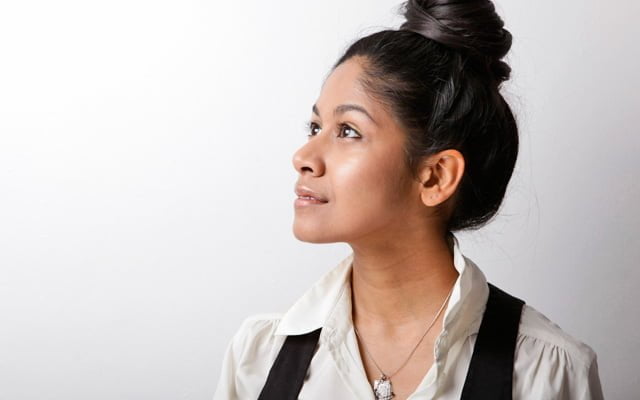
Rahman: “I had this idea of using field recordings of water throughout the album”
So if you get an idea for a very high-concept album like that, how do you go about creating it? Do you plan out the overall story then write music to fit, or…?
“I just sort of collected a bunch of songs and poems and played around with the order, but I wasn’t happy with it so I put it to one side for a little while. And then I had this idea of using field recordings of water throughout the album. My first album, Fabled Times, explored storytelling through a process where all the songs were self-contained, but you could put them in a different order to create different stories. With this album, I wanted to make it more of a linear narrative, so I had this idea of having a continuous sound world which would be provided by the water, so from the minute you press ‘play’ you never hear silence until the end.”
When the songs come, do they tend to come words first or music first?
“Well, with the spoken word bits obviously the words came first, and then I’d do them as an improvised duet either with the tuba player or the tabla player, and we’d used a variety of FX – the mu-mu gloves and the Kaoss Pad. With the songs, it was kind of a mixture. Coming back to the waterforms, I guess I used those to represent the different life experiences, so in Choto Meye which is about childhood you have playful creeks, and in In My Line Of Sight, I’m using different waterforms to represent the different stages of love. But having tasked myself with something like that, I still felt the overall story arc was missing something, and I think that was because I was lacking a few experiences that were kind of vital for that to be completed.
“But then in the past few years I had some important things happen to me, such as my father passing away. I’d never experienced someone close to me passing before, and it really changed me and my art. And a close friend died as well, so it’s been a fairly intense couple of years, and it’s made me appreciate life in a different way. And because of that, in autumn 2015 I wrote the last couple of songs that really make the album complete, Truth Be Told and Love Is Not Enough. Each of those took about a day and a half to write, they came out almost fully-formed. It was like the music came through me, rather than me writing it. Sometimes it’s like that. Some songs I’ve written in four or five hours, but then others have taken four or five days.”
You have a PhD in neuroscience. How does all this talk of Sufi-ism and muses and letting the songs flow through you go down with your scientific colleagues?
“Well, I don’t really have conversations like that with them to be honest! They’ve always known I do stuff with music outside of work, but then it’s not completely separate because the neuroscience work I do is about music and creativity anyway. I don’t know, colleagues have come to my concerts and said they’d come back, so I must be doing something right I guess!
“At the end of the day, neuroscience is the study of the human brain, and the human brain is what gives rise to music. So I don’t see the two things as being separate. I’m a story-teller in whatever medium, and science is ultimately story-telling, because different people will do the same experiment, get the same results, but interpret those results differently. It’s not really that different from artistic endeavour: they’re both driven by curiosity and creativity, it’s just that the tools are slightly different.”

Shama Rahman and the Mi.Mu: “I always want to call them an instrument…but I’m not allowed to say that”
Speaking of your work in neuroscience, it’s interesting that recent research into the idea of free will (and the increasingly popular idea that we don’t really have any) would actually seem to tie-in quite nicely with the idea of songs coming through you…
“It does a little bit, doesn’t it? I’ve had hours of debate about exactly this, but I’m not in the court of either complete free will, or complete determinism – I think there’s some kind of complex inter-relation between the two. There’s definitely an element of that in the kind of music flow that I was talking about, but then you do have to get yourself in that state in the first place, to allow that to happen, so what about the free will involved in that? I do think you craft it as well, craft and hone the song that comes through. So there’s a guiding of the whole thing, and the language of free will might not be the right terminology.”
But there’s definitely an intersection there between the worlds of art and science, isn’t there? And also lying at that intersection, of course, is technology – so let’s talk about the mi.mu gloves…
“Yeah, they’re a wearable technology that lets you control musical parameters by means of gestures, which I just thought was really cool. So I’m artist-in-residence with them, and this album is the first to feature the mi.mu gloves throughout. I always want to call them an instrument, because that’s how they feel to me, but I’m not allowed to say that – I have to call them a gestural interface!
“I find them quite liberating, because they’re all about improvisation. I can use them during a spoken-word interlude, for instance, to control the projected visuals via gesture. They’re a really useful kind of cross-art tool.”
Finally, what are your hopes for the album? Because while we love it here at Songwriting, it doesn’t exactly scream “commercial success”. It could be, of course – look at Laurie Anderson – but opportunities like that are quite limited. So if it came to a choice between doing music, or doing research to pay the bills…
“I feel like I’m doing it for myself, so I want to be the scientist and artist. For the music, I guess as you just said the album is quite a complex and nuanced experience, it’s not really pop-oriented, so how do you get that across in an acceptable manner, in an industry that’s quite narrowly focused? But the way I’ve tried to do that is, although the poems are quite dreamlike, the songs are quite happy, and they do work as standalone songs.
“In terms of what I’d like to achieve… well, I do various music projects but this is my own standalone thing and I do standalone science stuff and standalone acting stuff as well. But then I also have a start-up called Jugular Productions, which combines performance arts and science, so really I’m just trying to carve out a niche of my own.”
Interview: Russell Deeks



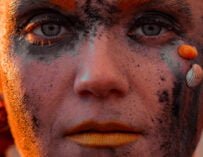

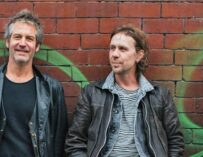


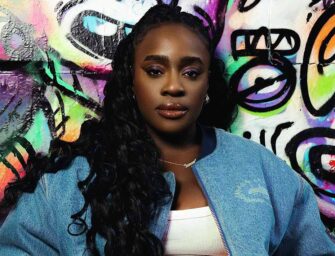
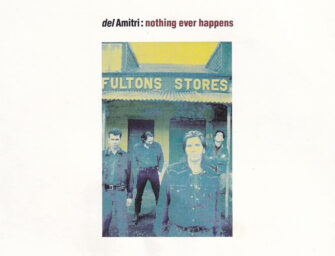
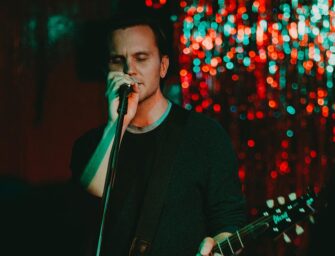
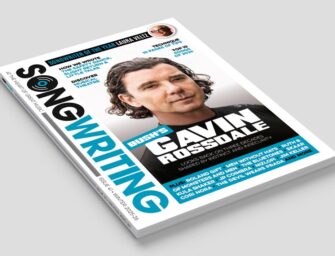
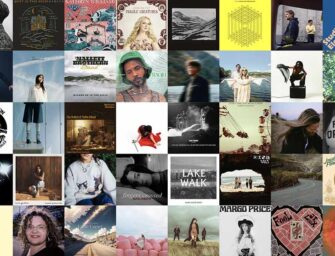














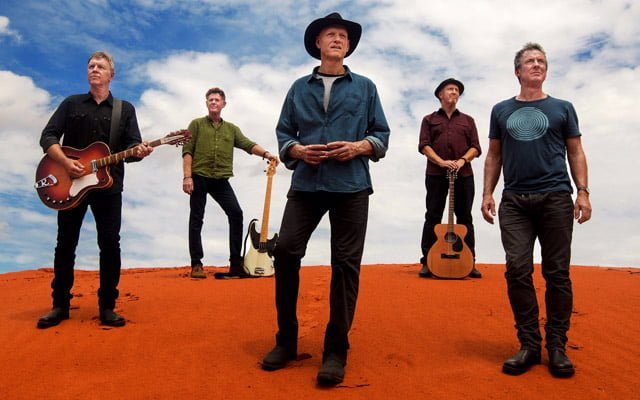





Related Articles